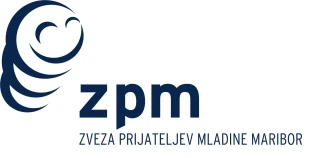Opis tečaja
V okviru tečaja bodo udeleženci izdelali spletno stran, seznanili se bodo s tehnikami izdelave sodobnih spletnih strani in ustvarjanja interaktivnih elementov (spoznali bodo programske jezike HTML, CSS, JavaScript). Tečaj temelji na spoznavanju tehnik, ki se uorabljajo pri spletnih vdorih s ciljem naučiti se varovanja pred različnimi oblikami nevarnosti na spletu in zagotoviti ustrezen nivo spletne varnosti, v okoliščinah ko je to potrebno. Naši spletni tečaji niso v naprej posneti tečaji ali tečaj kot na Youtube! Med našimi interaktivnimi spletnimi predavanji vsak udeleženec spremlja postopke ina zaslonu predavatelja, pravtako, pa ima predavatelj vpogled v to, kaj počnejo udeleženci. Udeleženci lahko kadarkoli zastavljajo vprašanja na katera predavatelj odgovarja sproti in pomaga pri odpravljanju napak, na katere naletijo udeleženci ob reševanju praktičnih primerov.





